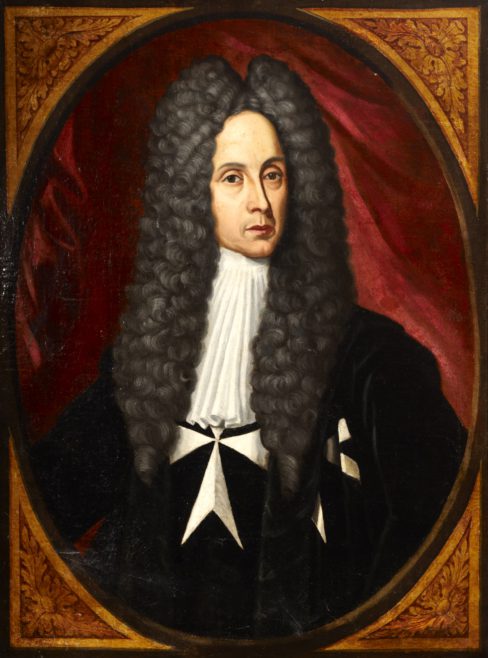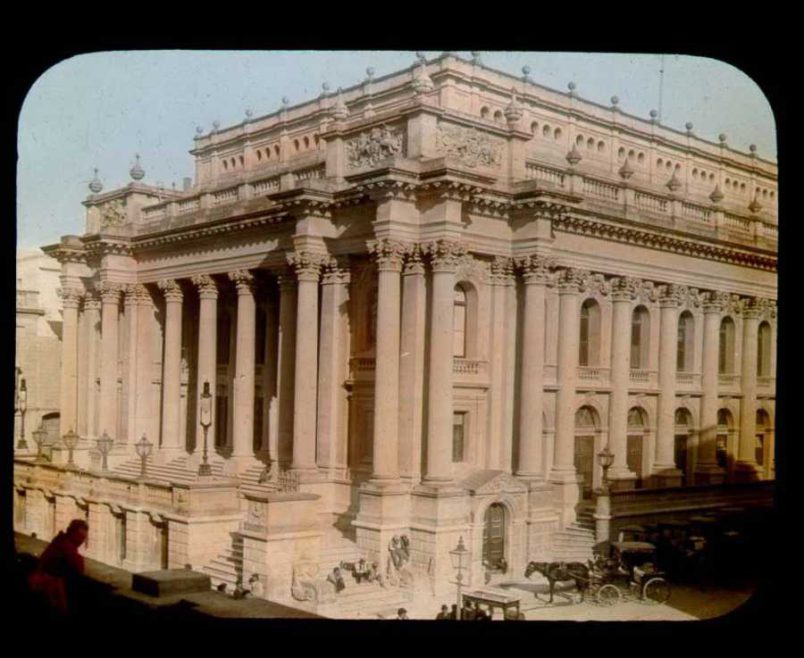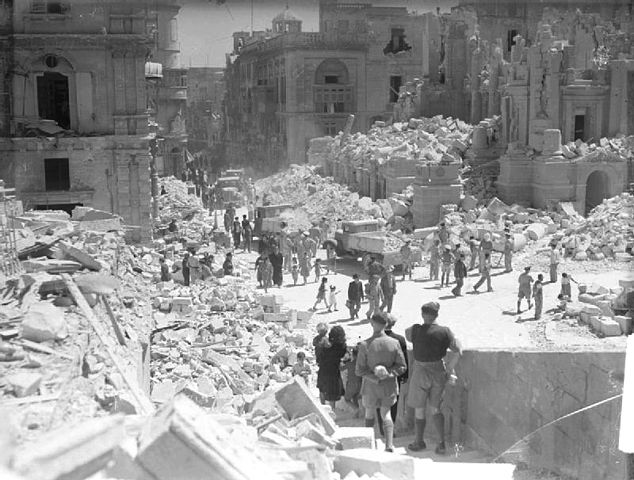When the Knights of the Order of St John of Jerusalem arrived in Malta in 1530, they had been without a permanent home for seven years. The long and bloody Siege of Rhodes in 1522, waged by the Ottoman troops of Sultan Suleiman the Magnificent against the defending Knights, had resulted in the eviction of the Knights on New Year’s Day, 1523.
Moving first to the island of Crete, the Knights of the Order were not able to permanently settle again until Emperor Charles V gave them the gift of the island of Malta, as well as the neighbouring island Gozo and the nearby North African port of Tripoli. Under the leadership of Grand Master Phillipe de Villiers de l’Isle-Adam, the Knights of Rhodes were renamed the Knights of Malta and made the island their new home for almost three hundred years.
Malta itself had not had a peaceful history, its prime location in the Mediterranean making it a popular target for invading forces wishing to control some of Europe’s busiest shipping routes. Once the Order arrived in 1530, their continued presence provided much-needed stability to the island. The Knights stimulated the Maltese economy with the benefit of their international links and goodwill, and made Malta into an impressive base from which to operate.
One of the ways in which the Order improved the political and economic situation in Malta was with the creation of a new capital city, replacing the old capital of Birgu. Commissioned in 1566 by Grand Master Jean Parisot de Valette, Valletta was to be a fortified stronghold of the Order as well as a centre of commerce and culture, being home to members of the Order of all nationalities.
As time passed, the people of Malta benefitted culturally from the presence of the Order. Prior to the arrival of the Knights, entertainments like the theatre, opera and pageantry were reserved only for the upper classes and those who could afford to attend. Under the Order, Malta saw a far more inclusive attitude towards cultural appreciation from all sectors of society. Both amateur groups and professional troupes performed their shows around Malta, primarily in the auberges, meaning houses, of the Knights of the Order, but there were also open-air productions mounted.
In 1731, two hundred years after the arrival of the Order in Malta, plans were made by the Grand Master Antonio Manoel de Vilhena for a public theatre to be built in Valletta. His official aim in building the theatre was to keep younger Knights of the Order away from the temptation to cause mischief, but he also intended it for the use of all the people of Malta to enjoy what he called “honest entertainment”. This dedication to the wholesome edification of the Maltese people is most evident in the inscription over the entryway to the theatre, which reads “ad honestam populi oblectationem”, Latin for “for the honest recreation of the people”
Grand Master Vilhena himself personally funded the building of the theatre. It took ten months and a cost of 2,184 scudi – which was then the official currency of Malta and today is still used by the Sovereign Military Order of Malta – to complete construction of the theatre. Much of the Grand Master’s contribution was used to acquire two houses owned by the Priory of Navarre, the short ten month construction time primarily due to these houses being knocked through to become the single theatre building.
It was named Teatro Pubblico, the Public Theatre, and Grand Master Vilhena created the position of Il Protettore – ‘the protector’ – to be held by a senior Knight who would manage the theatre and censor productions. Its first performance on the 9th January 1732 was of a popular classic tragedy by Scipione Maffei entitled Merope. The performers were the members of the Knights of Malta, and the set for the production was specially designed by Francois Mondion, the chief military architect for the Knights.
The design of the theatre was partly based on the Palermo Theatre, a popular contemporary theatre in the region of Sicily in Italy, which had a long ‘horseshoe-shaped’ auditorium. A distinctive feature of Vilhena’s theatre was creation of two water reservoirs beneath the floor. This meant that the acoustics of auditorium were so exact that members of the audience could even hear the sound of the orchestra conductor turning his page. When the theatre was first built, opera was as popular as plays and concerts, and a number of famous and soon-to-be-famous opera singers performed in the Teatro Pubblico to great acclaim.
At the end of the 18th century, Napoleon seized Malta as his army made their way to Africa, and the Order of St John was evicted once again, scattering across Europe. Napoleon did not hold the islands for nearly as long as the Knights, however, and the island soon came under British control. Despite the political upheavals, the Teatro Pubblico remained a popular entertainment venue for all powers that occupied the island. However, a dedicated performance venue for operas, the Royal Opera House, was opened in 1866, which had the result of attendance falling at the Teatro Pubblico.
The British occupiers of Malta renamed Teatro Pubblico as the Royal Theatre. The theatre retained its original functions, being rented out as it had been under the Knights to impresarios to perform mainly operas and operettas. The architecture of the building was modified a number of times and established itself as the predominant entertainment venue in Malta. Over the course of the 19th century, the theatre mounted year-round theatrical productions to an ever-increasing audience of locals, tourists and foreign dignitaries.
The advent of cinema in the early 20th century proved popular in Malta, however, and by the late 1920s, the Royal Theatre became primarily a venue for movie-goers. Sadly, as a result of the theatre’s popularity declining since the opening of the Royal Opera House in 1866, it fell into relative disuse and disrepair by the time of the Second World War. The theatre remained relatively unscathed by the war, and was used as a homeless shelter for those displaced by the bombing campaigns conducted during the conflict. However, the Royal Opera House was not so fortunate, and was almost completely destroyed during a carpet bombing attack in 1944. With little hope of rescuing the Royal Opera House, the Maltese government after the war looked instead to the Royal Theatre as a less costly reconstruction project.
While refurbishment was required after years of inattention and misuse of the theatre building, the concerted efforts of both local traditional artisans and international architectural experts resulted in the theatre being restored to its former glory. The highlight of the restoration was the great ceiling of the auditorium, with its 22 carat gilding, as well as numerous colour panels and paintings that decorated the three tiers and 45 private boxes of the theatre.
The theatre was reopened in December 1960 after years of restoration work at government expense, and was renamed Teatro Manoel in honour of Grand Master Anton Manoel de Vilhena. The most lavish of the private boxes in the auditorium of the theatre was originally where the Grand Master or visiting British royalty would sit, but is now used by the Maltese President. There is also a designated seat for the Censor, whose role is still valued in Maltese society, informed by reserved Catholic values.
Designated as the national theatre of Malta, the Manoel Theatre has encouraged the development and expansion of the Maltese theatre scene, as well as welcoming operatic, musical and theatrical productions from around the world.





